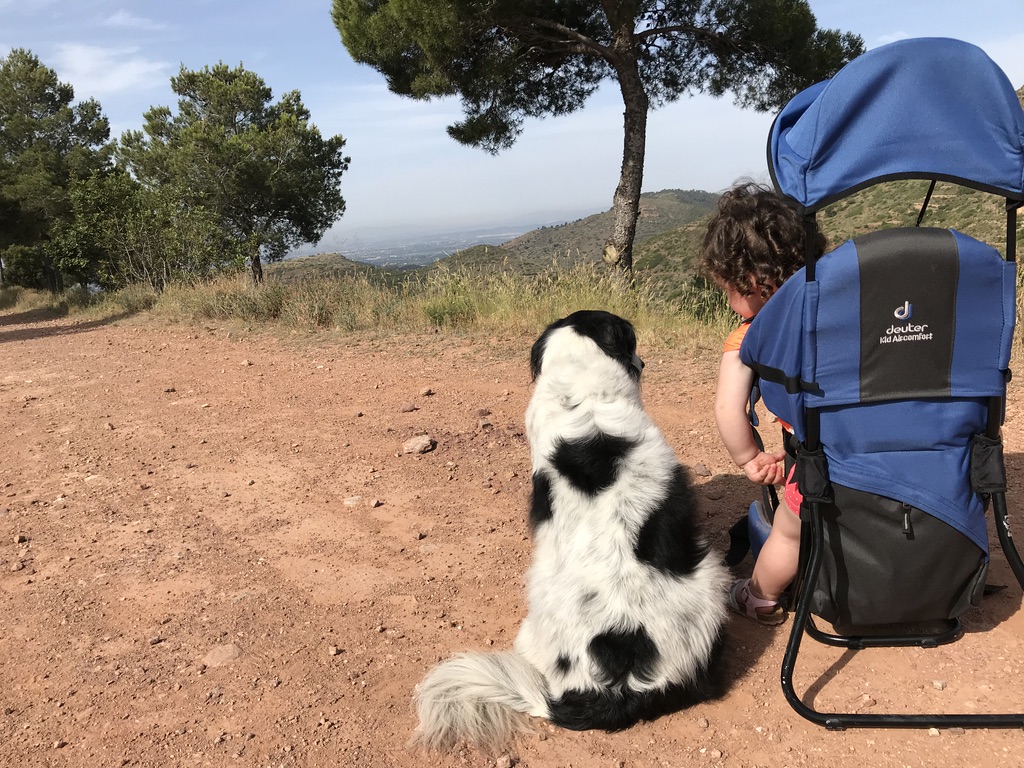Botanist of the month: Patricia Moya
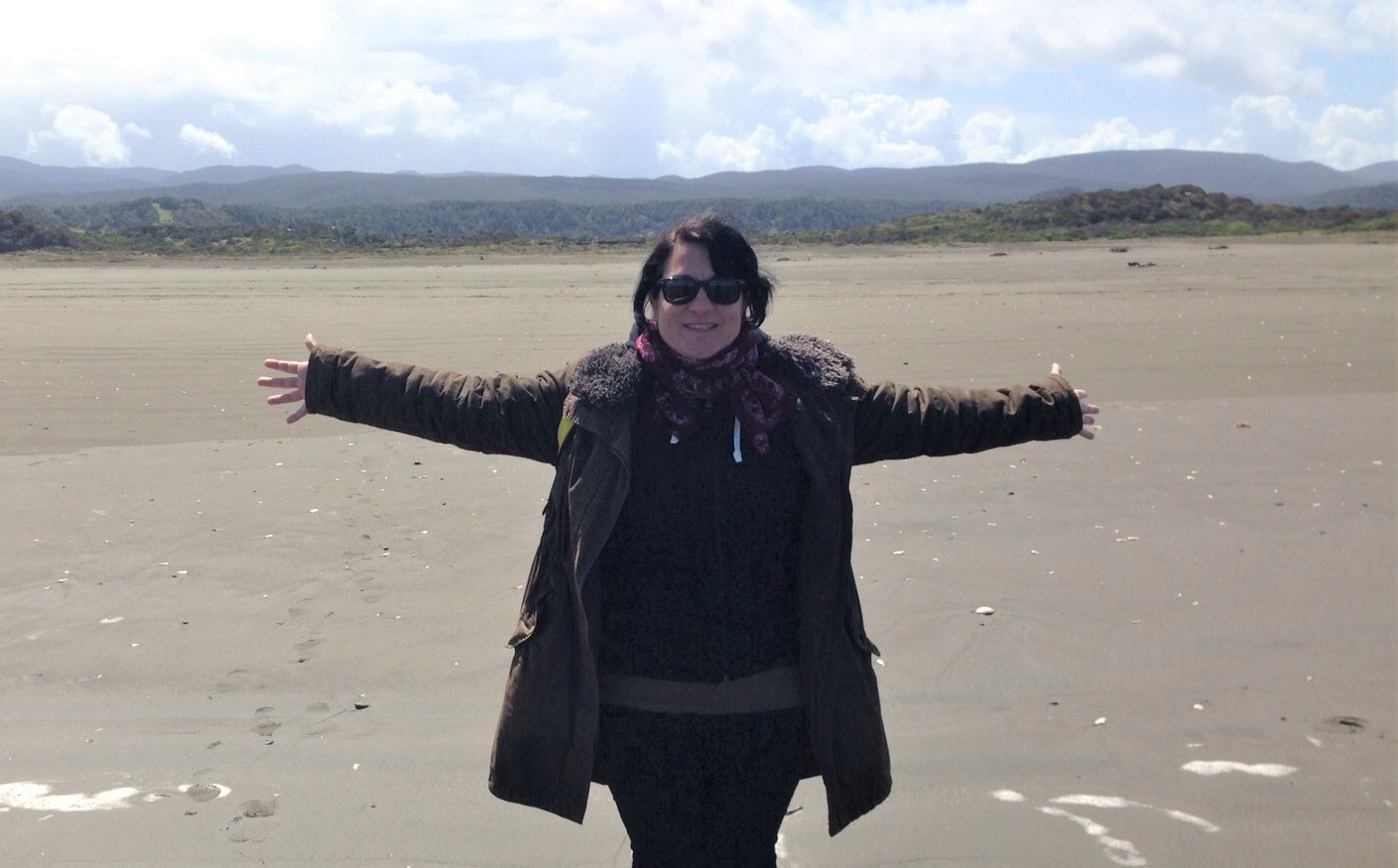
Patricia Moya is a multidisciplinary researcher, she says that her speciality is not having a speciality because she has worked with plants, viruses, insects, bacteria, cancer and lichens, which has allowed her to learn much more and approach problems from different points of view. She is currently part of the research group of Professor of Botany Eva Barreno and is a lecturer at the University of Valencia. Patricia is our Botanist of the month.
What attracted you to Botany?
I am a biologist by chance, my passion since I was a child was veterinary medicine. I didn’t start it because in 1995 there was no veterinary school in Valencia and I was too lazy to go abroad, so I enrolled in Biology. While I was in my second year of my degree, they called me from CEU San Pablo (I am a former student) to tell me that they were going to start Veterinary Medicine. I declined the proposal and it was partly because of my discovery of Botany. I stress the discovery because during my degree I discovered that almost all the biology taught at school/institute ignored Botany, so it was quite a discovery. In my second year I did a practical course in botany with Dr. Josep Antoni Rosselló, I was attracted by his modern vision of botany, the use of molecular techniques and his groundbreaking vision (sometimes to the limit) of teaching and research. I don’t know how I convinced him to let me go to his laboratory, which was still at the Burjassot campus. I started counting trichomes from Cistus leaves, and I still do today. From the vet’s point of view I still have a wonderful dog called Coque.
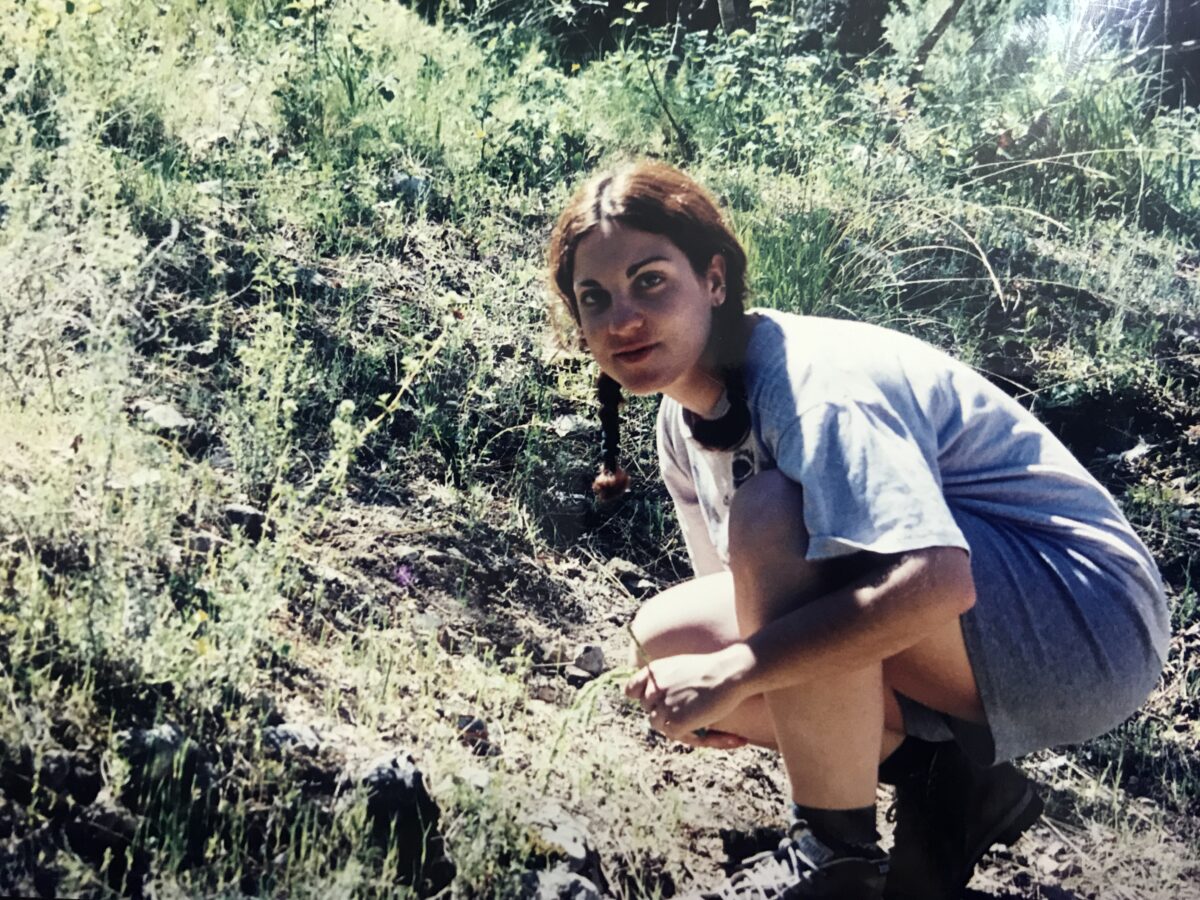
Could you summarise your professional career?
I graduated in Biology from the University of Valencia (1995-2001). As soon as I finished my degree and thanks to all the techniques I had learnt in Pep Toni’s laboratory, I worked for a few months with María Mayol in the Department of Plant Molecular Ecology at the Centre for Research and Forestry Applications (CREAF) of the Autonomous University of Barcelona. I returned to Valencia because I was awarded a predoctoral fellowship at the Valencian Institute of Agricultural Research (IVIA) to study the genetic factors involved in the pathogenicity of Citrus tristeza virus (CTV) with Dr. Pedro Moreno. Experimentation with woody plants is very expensive, so for five years I combined work in various laboratories with the completion of my doctoral thesis at odd hours. I worked again in the Department of Plant Molecular Ecology of the Centre for Research and Forestry Applications of CREAF, also in the reference laboratory of bacteriology of the IVIA, and I was a technician in the bacteria laboratory of the Plant Health Service of the Department of Agriculture, Fisheries and Food of the Valencian Ministry of Agriculture, Fisheries and Food.
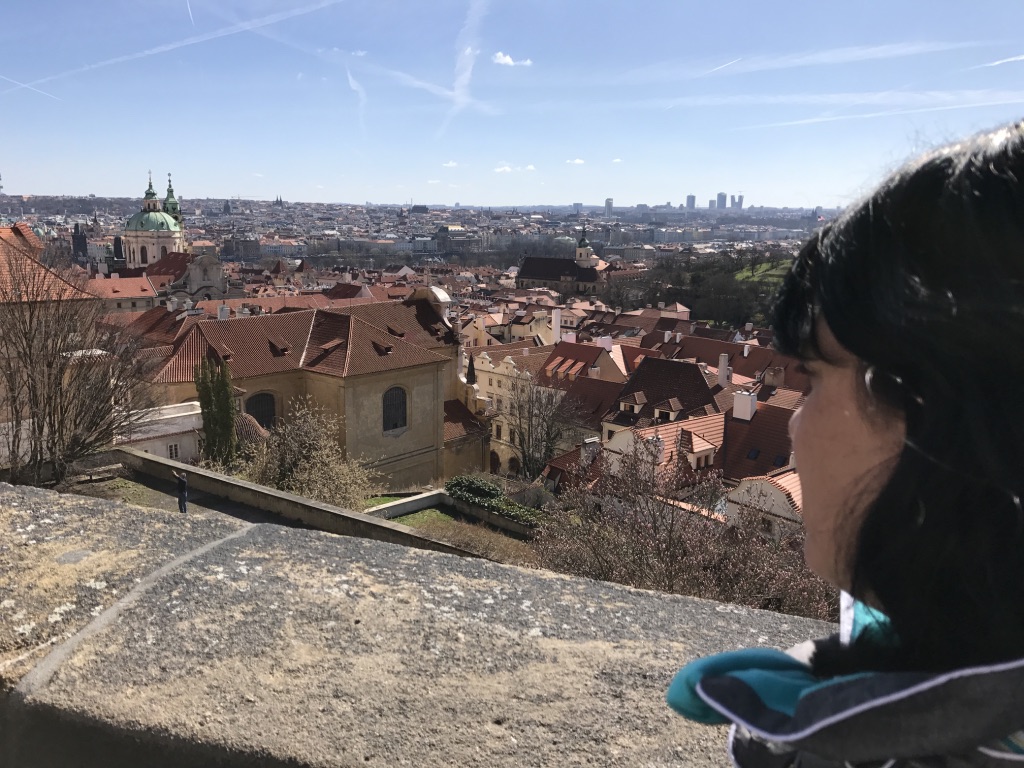
Finally, I obtained my PhD degree and, almost without planning it, I was hired at the Spanish National Cancer Research Centre (CNIO) in the Tumour Marker Laboratory. In 2012 I returned to Valencia and thanks to my colleague and, above all, my friend in Pep Toni’s lab (Arantxa Molins) I joined the research group of Professor of Botany Eva Barreno. During 2017-2018 I did a postdoctoral stay at the Charles University in Prague. For the last two years I have been hired again as a Postdoc in Eva Barreno’s group, fighting alongside her to find funding, stability and projection. In addition, this year I have started to teach Botany Practicals in the second year of the Biology degree.
What does your work consist of?
I am currently a Senior PostDoc in Eva Barreno’s research group. Our research group: Symbiosis, Diversity and Evolution in Lichens and Plants GIUV2016-330; SYMBIOGENE, also known as: Lichen Symbiogenesis Team, which is attached to the Cavanilles Institute of Biodiversity and Evolutionary Biology (ICBiBE), is dedicated to investigating lichens, specifically the microalgae symbionts of these organisms.
What is your speciality and what interested you most in this field of study?
Honestly, I have no specialisation and I am very much against hyperspecialisation. I am aware of how difficult it is (as the system is organised) to achieve stability in science without specialisation. I have worked throughout my career with plants, viruses, insects, bacteria, cancer and lichens, and perhaps the common thread between them has been genetics and molecular biology. However, being able to work with such different organisms has made me learn a lot more and approach problems from very different points of view compared to people who have only ever looked at the same fixed point. You have to be very open-minded to be a creative problem solver, so my speciality is not having a speciality.
Are you proud to have been involved in a particular project?
I think what I am most proud of is that I have worked in many fields of research. I am proud to have been able to perform with ease from a humble centre of the Regional Ministry to a research centre such as the CNIO. We should not let ourselves be dazzled by the glitter, good science is being done in many different places despite the underfunding in Spain.

What is your research group known for?
Because of its composition and interdisciplinary vision. Eva has an integrative concept of biodiversity, something she tries to instil in her students from an early age, and therefore her research group (to which I belong) is a continuation of this philosophy. We use the molecular and genetic tools that are essential today, without forgetting that molecules and genes only make sense within a system.
Tell us what project you are working on right now.
I am currently contracted in charge of the PROMETEO/2017/039 project. I have quite a few open fronts at the same time, as Eva would say “it’s a violent madness”. We are preparing the report for the new call for projects of the Ministry of Science and Innovation (MICINN), we have a lot at stake and although we have a lot of experience on the subject we are working very hard on writing it. Specifically, I am in charge of part of the research line on the biodiversity of microalgae symbionts in lichens. Thanks to this line of research we have achieved the publication of Salvador Chiva Natividad’s doctoral thesis (Patterns of selection of microalgae in terricolous lichen communities in biocrusts), which I co-directed with Eva Barreno and Arantxa Molins.
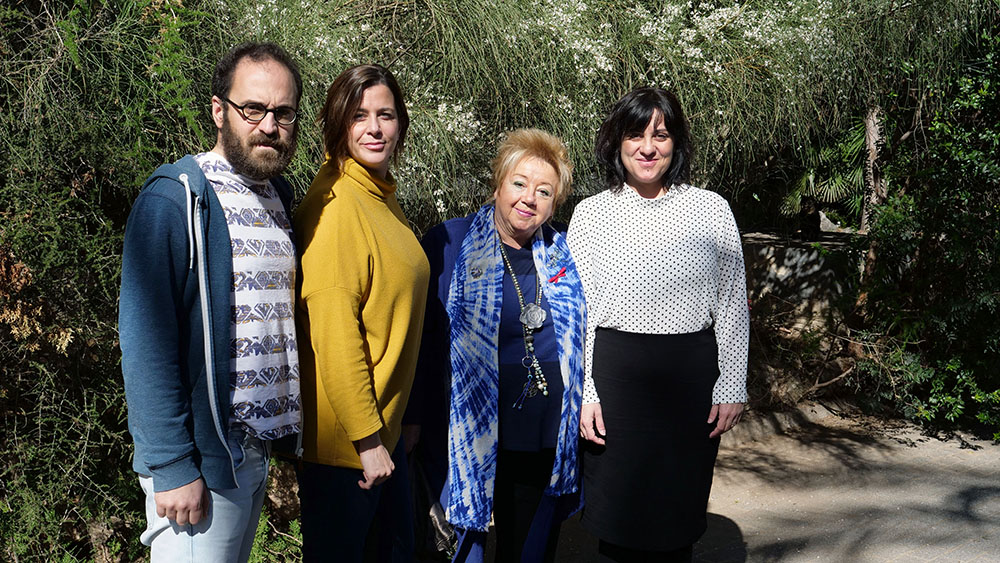
As a result of this thesis, four articles have been published in SCI journals, the last one two months ago in Scientific reports, which complements part of the work Eva started in her PhD on the lichen communities of the Miocene gypsum biocrusts of the Iberian Peninsula. We are currently writing a very interesting paper on the phycobionts of the genus Parmelia, in which we analyse the diversity of Trebouxia species present in different species of the genus Parmelia and what bioclimatic factors may be influencing the presence of one or the other. Thanks to the collaboration with Marta Pérez, who has carried out with us the TFG and TFM of the Biotechnology degree, we are finishing the experimentation and writing of a work on the metabolomic, ultrastructural and genetic responses to salt and osmotic stress of microalgae isolated from lichens. These microalgae of the genus Trebouxia are surprisingly resistant and show stress response mechanisms different from those of plants and are therefore very interesting to study. In addition, over the last 20 years our research group has established the lichen Ramalina farinacea (L.) Ach as a model for studying the complexity of lichen symbioses. Thanks to this species, in 2011, it was discovered that several species of symbiotic microalgae can coexist in a single thallus of this lichen. This coexistence was confirmed and expanded using 454 pyrosequencing techniques in a paper published in 2017, in which up to 24 species of microalgae were detected in a single thallus. Last year we carried out a very complete experimental design, applying Illumina sequencing, and found results that expand our knowledge of the coexistence patterns of microalgae in the thalli of Ramalina farinacea. As of today, we are waiting for the response from the reviewers, the issue of the struggle to publish in SCI journals could be the subject of another interview.…
How do you think your work has changed over the years?
The evolution of my work in the last twenty years has been completely linked to the development of new massive sequencing techniques and the application of bioinformatics in genetic analysis. I continue to use the same techniques as when I started (PCR and Sanger sequencing) but Illumina-type sequencing, metagenomics and metatranscriptomics have turned everything upside down. For example, the experimental design of my thesis today is totally outdated and obsolete, and it is only fifteen years later. Now I would have done the PhD in three months.

What is your relationship with the Jardí Botànic UV?
My relantionship with the Jardí, Botànic as I mentioned earlier, it goes back a long way. I worked in Pep Toni’s laboratory for many years, and I remember the building, the facilities and the people with great affection. It was a luxury and a privilege to work there and I have very good memories. In recent years I have returned, since in the group we actively collaborate with Dr. José Reig and Dr. Francisco García-Breijo (UPV), expert anatomists who have helped us a lot with optical and electron microscopy techniques that we continue to apply in our work. In addition, the ICBIBE conferences (in which we usually participate) are held there and it is always very nice to go to a “mini” congress or any event held there.
How would you encourage current biology students to pursue the same career as you? What do they lack?
My teaching experience is very, very recent, I’ve just started teaching Botany practicals this term, so I think it’s a bit risky to make a profile of the students, of what they lack or how to encourage them. From the little I’ve seen, I can tell you that there’s a bit of everything under the sun…
Have you met interesting people through your work?
So many… I have worked in several laboratories and research teams and this has allowed me to get to know many profiles of researchers and people. Many of them have become good friends, but it has also allowed me to know what I don’t want to be and who I don’t want to be like.
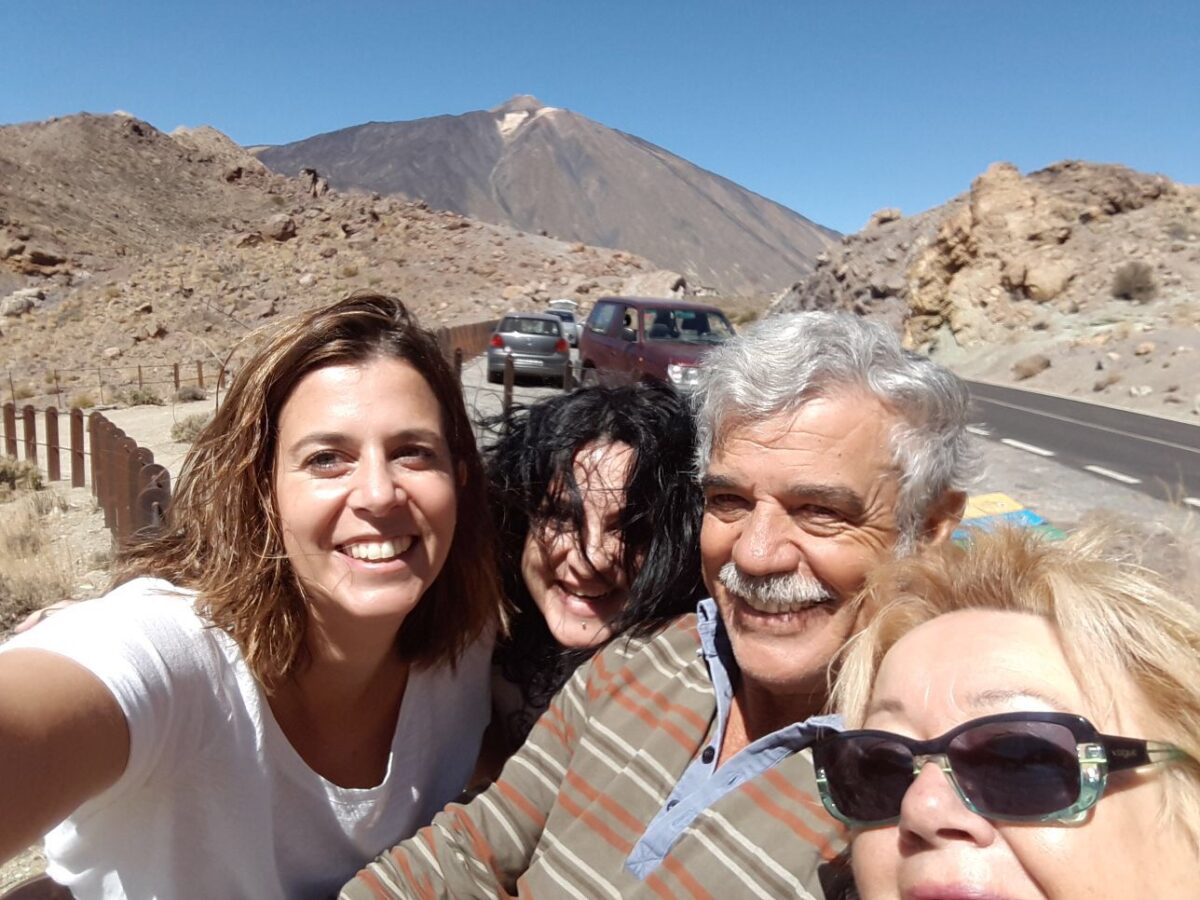
Do you think that your work allows you to learn about non-botanical subjects?
As I said before, I don’t consider myself a botanist or an expert in anything, and I work every day with a wide variety of researchers; biochemists like Pedro Carrasco and Francisco Marco, great botanists like Eva Barreno, lichenologists like Isaac Garrido-Benavent (recently arrived from Madrid to our department), ecologists like Javier Montero Pau, algae experts like Salvador Chiva, etc., so I learn something new in almost any conversation in the lab or in the office. Our weekly meetings are like the UN, we are all completely different but we manage to understand each other.
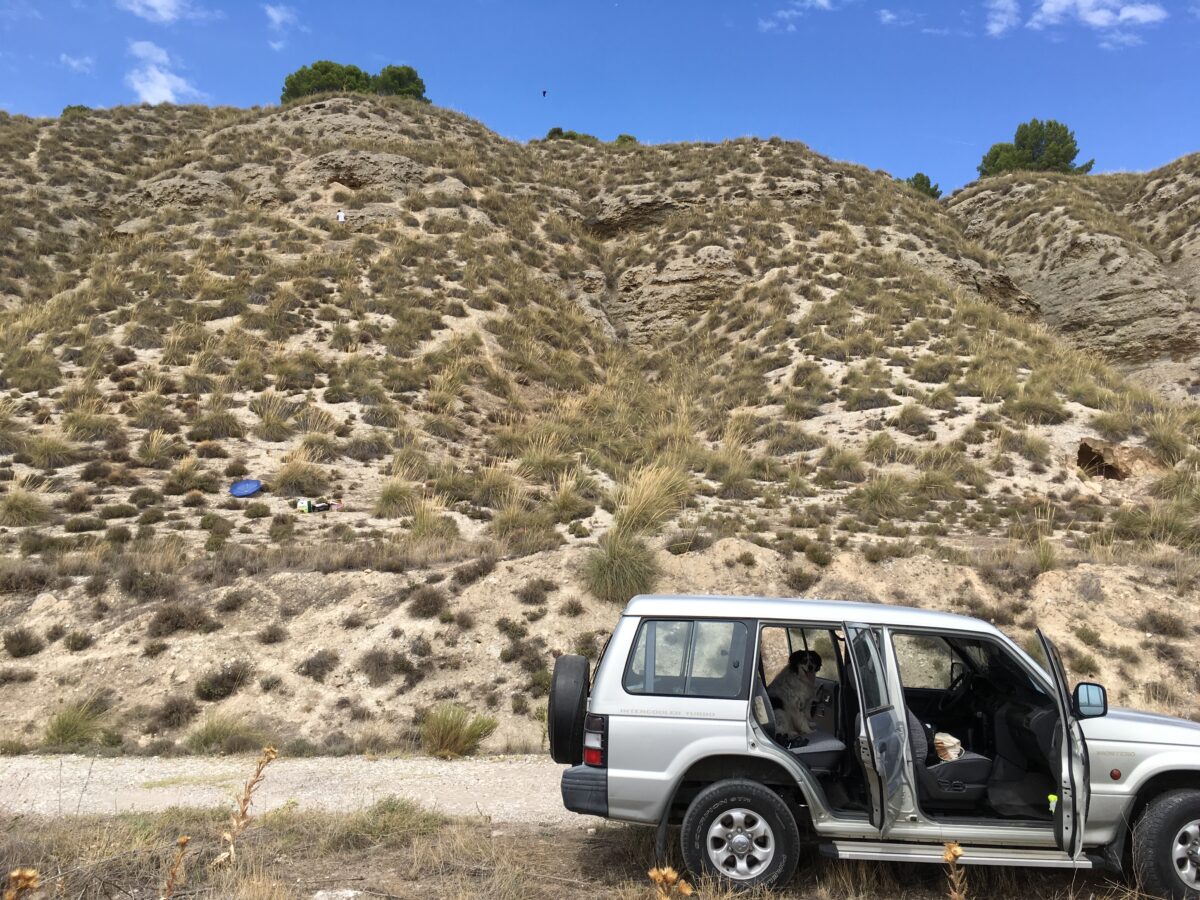
How important is outreach? In the case of lichenology, for example, is it given sufficient coverage?
A lot of effort has been made in recent decades to promote popular science, and since I started studying science there has been a great deal of progress. Personally I really like the journal Mètode, which is based at the Jardí, and although social networks have also made a lot of progress in this field, there is still a long way to go, as in everything related to science. Specifically in lichenology, I’ll answer you by saying that most of my family and friends don’t know what a lichen is, and from the little time I’ve been teaching I dare say that many of my students don’t either. It is also our obligation to get out of the computer and out of the laboratory to spread the word about what we do, to open the windows and let the air flow.
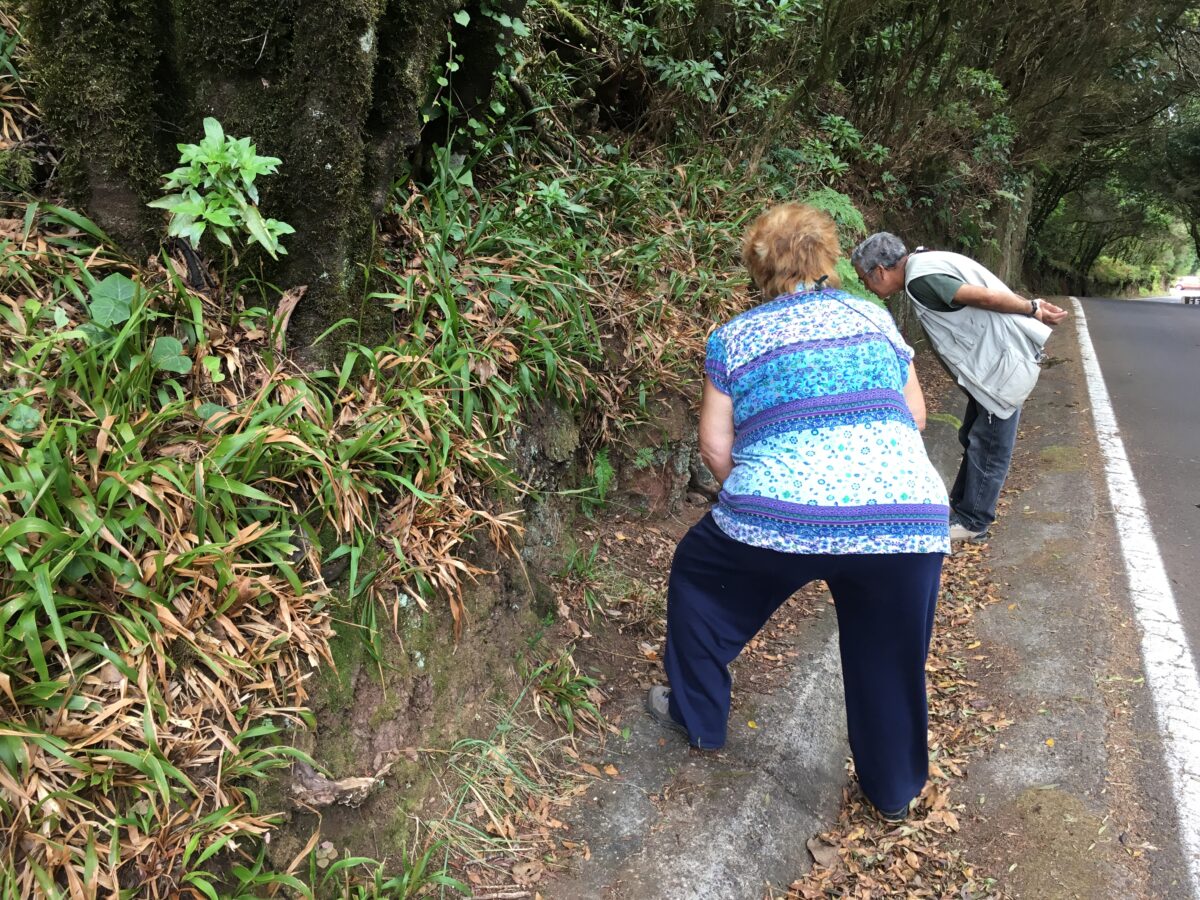
How do you assess the employment situation in the sector?
The employment situation in my sector is appalling, and there is little more I can add…
What is the essential skill for your job?
Have a great capacity for work, you have to be a multitasker. Have a thousand things on your mind, be organised to optimise your time, read a lot and be able to interrelate. Dedicating yourself to research requires a great mental and vital effort.
Which botanist would you have liked to meet in person?
I was lucky enough to meet Julio Iranzo. He gave me an internship in his pharmacy laboratory, and despite the visible difference in our vital opinions, we connected immediately. He was one of those people with whom you either collide without turning back or you love from the very first moment. I learned a lot from him and I had a great time in his classes. And well, it’s not Botany but obviously I would have been thrilled to meet Lynn Margulis. Working with Eva has allowed me to get a little closer to her as a woman and as a scientist. Almost a year ago I was able to participate in a conference that Eva organised here at the University, which was a real gift.
Do you work alone or in a team? How is it to work like this?
I have always worked as part of a team and I have been very lucky. We already knew each other from our time at the Jardí, but from the time I returned from Madrid until a year ago when she left for Mallorca, I have worked side by side with Arantxa Molins on everything. Few people will have been lucky enough to have such a rewarding work and personal experience, working with someone who understands the work as well as you does makes your life easier. We still have a lot of unfinished work, but we miss her a lot.
What is the worst part of your job and the most rewarding?
The worst thing about a scientific career is the instability, uncertainty and constant dependence on funding. In addition to the demands of having to be constantly publishing in high-impact journals in order to have a decent CV, which will always seem worse than that of others… because, although it may sound cliché, there are many researchers in Spain who do not have a stable future. Lately, moreover, having to combine a scientific career with a teaching career, studying Valencian and having a three-year-old daughter, adds a lot of anxiety and stress to all this. All of this with the best-case scenario of being able to apply for a position as a doctoral assistant. The best thing is undoubtedly that I love what I do, dedicating yourself to what you like, even if you don’t know for how long, is a pleasure.
